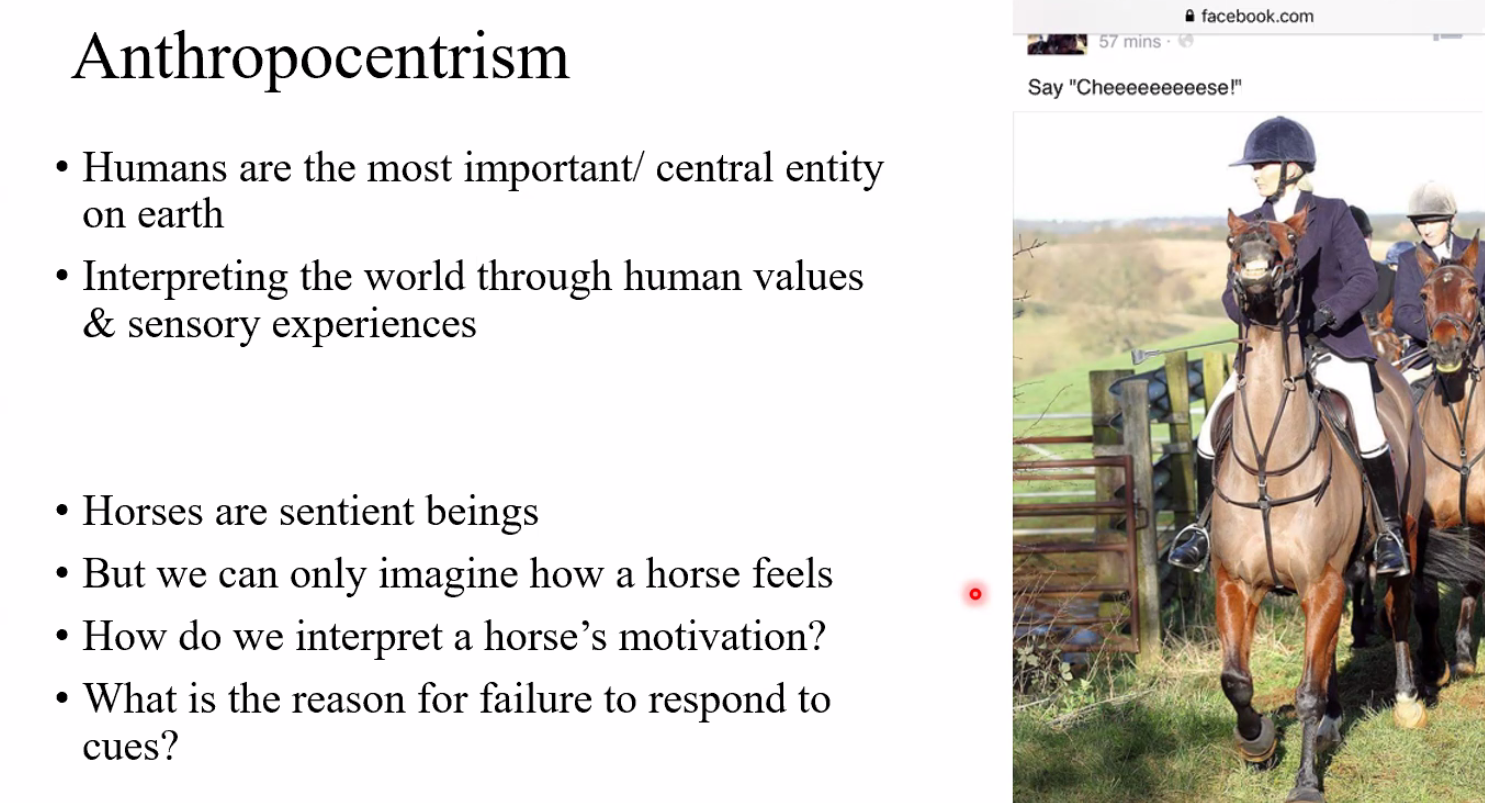
Anthropocentrism is the philosophical viewpoint that places humans at the center of moral consideration, often seeing human needs, desires, and perspectives as superior to or more important than those of other species.
Read more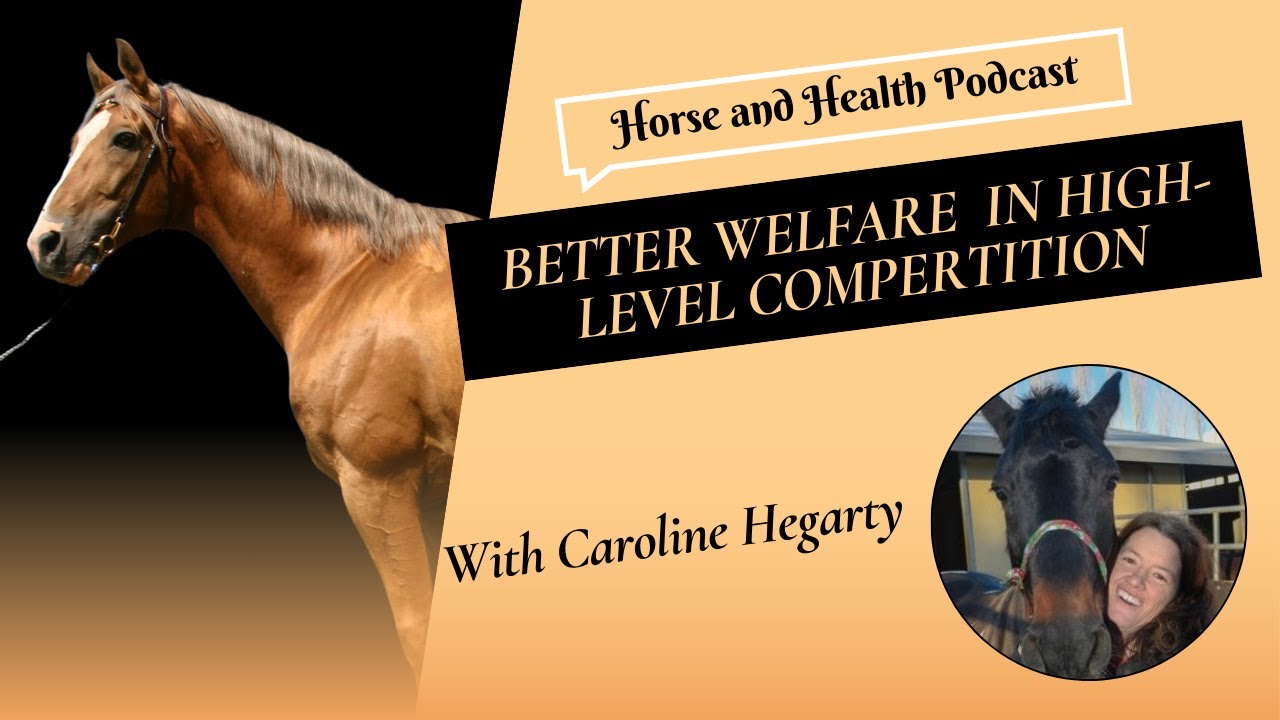
Caroline Hegarty, CEO of Equitopia Center – a passionate advocate for horse welfare.
Read more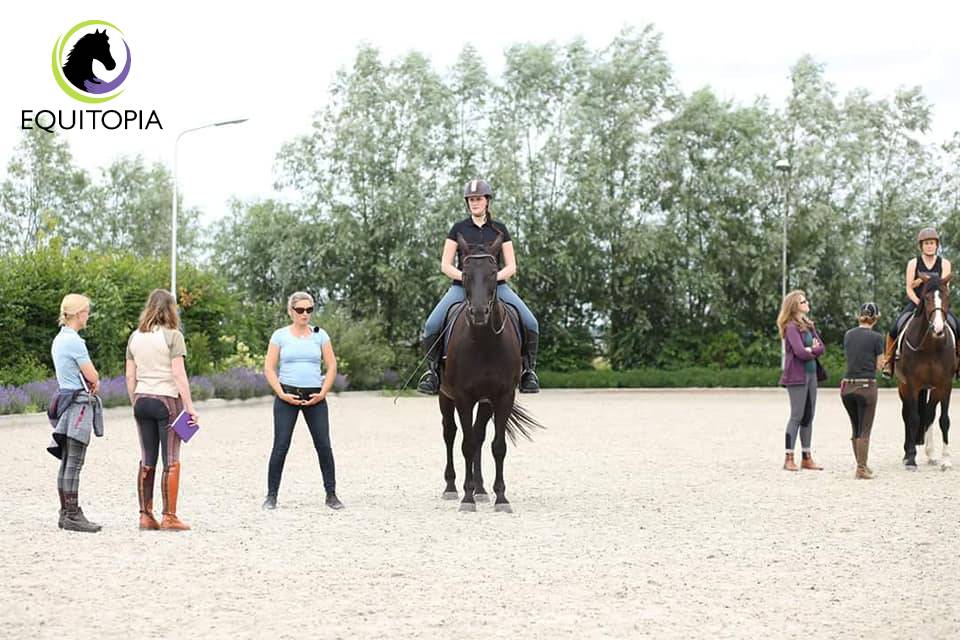
This evolution of pedagogy reflects our growing understanding of how people learn best
Read more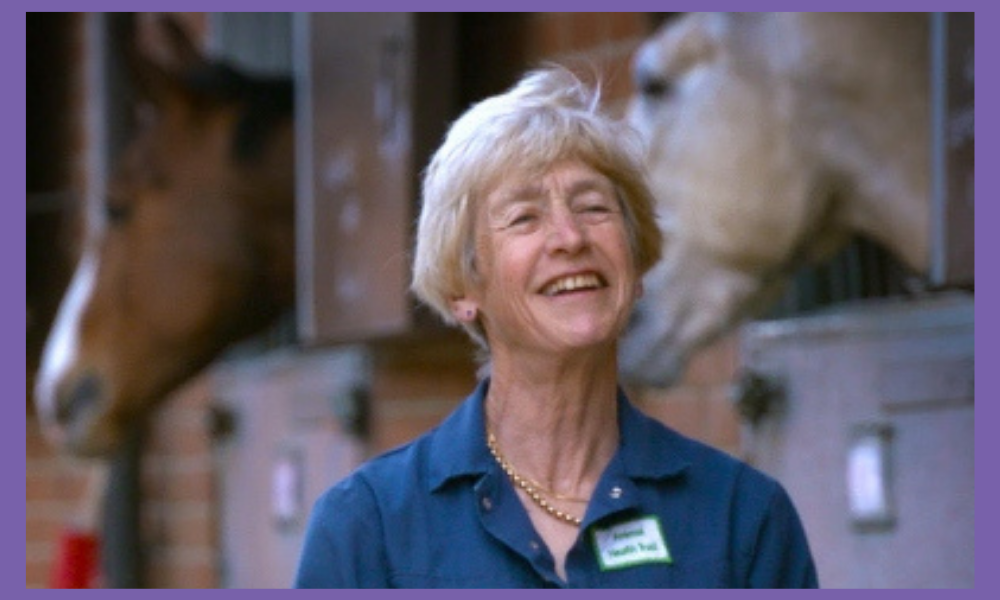
We have written a lot about the Ridden Horse Pain Ethogram (RHpE) developed by Dr. Sue Dyson and her team.
Read more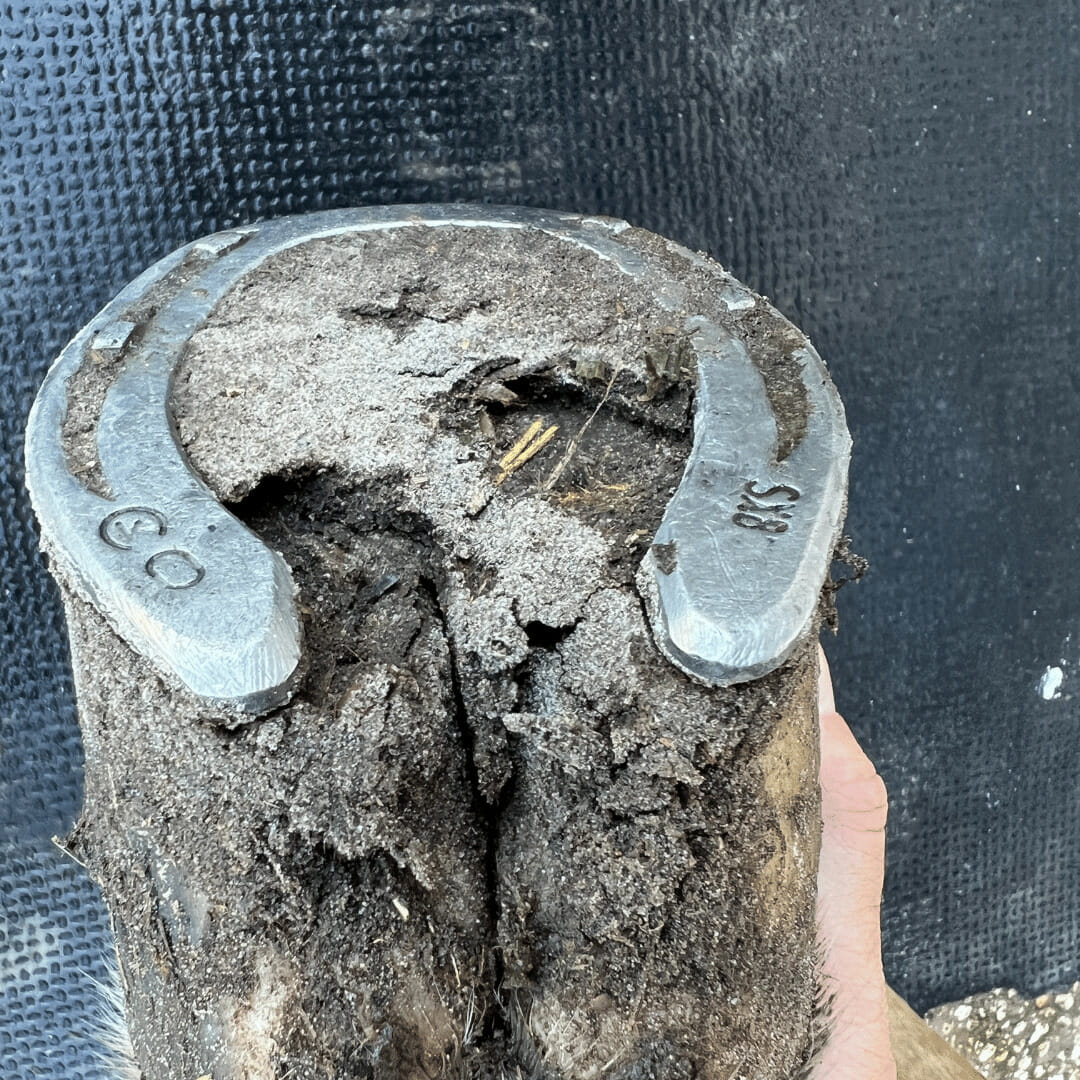
As an equine practitioner I see and work on numerous horses that have problems stemming from the hooves.
Read more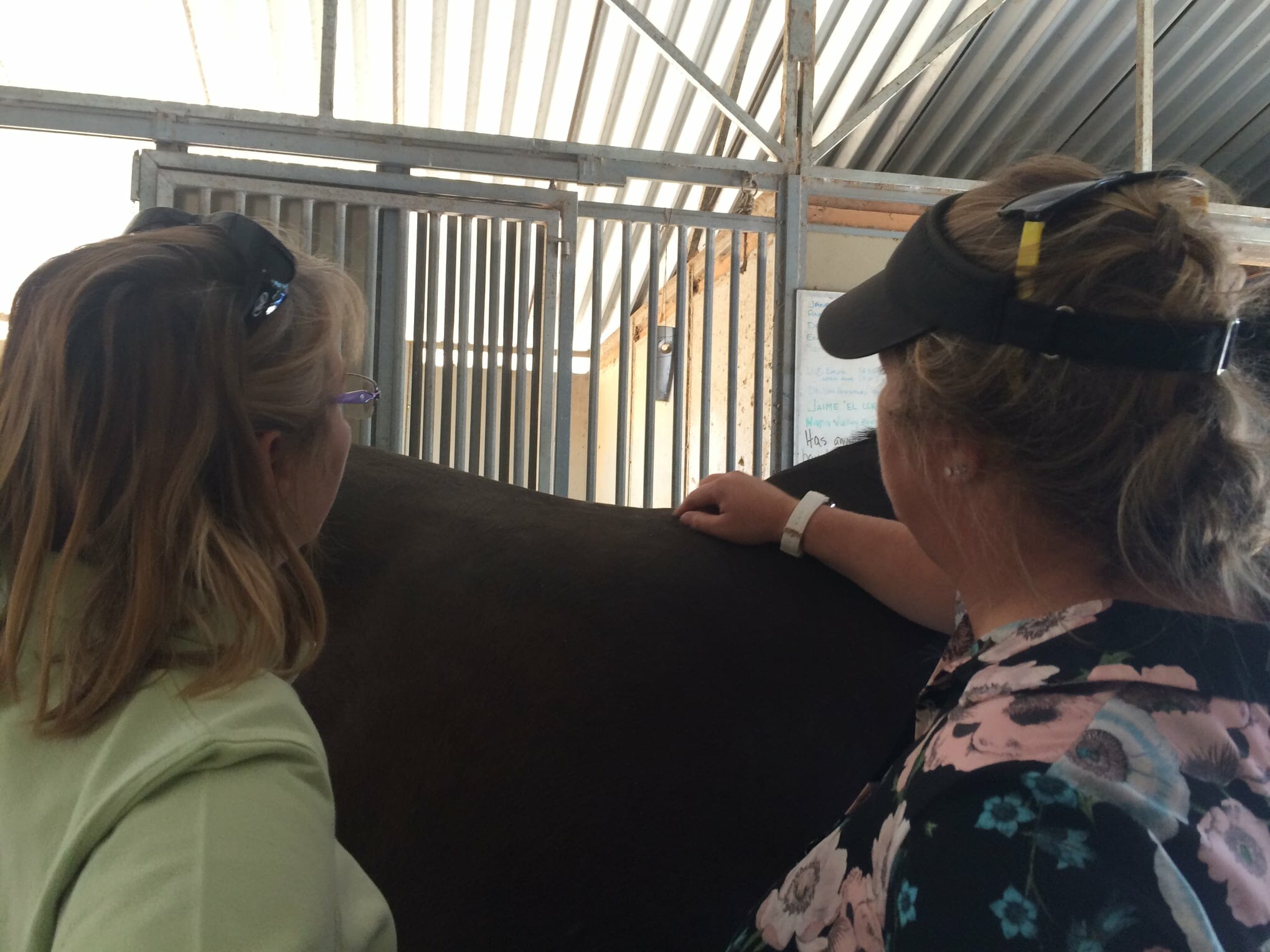
Finding a saddle that fits can be one of the most stressful things for riders.
Read more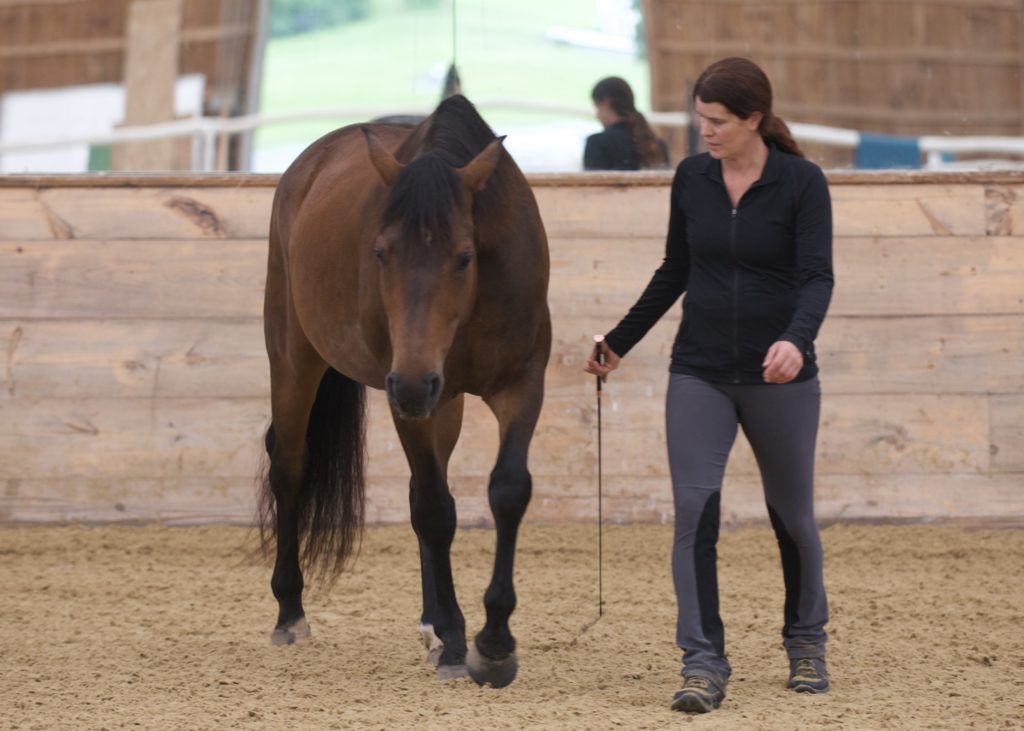
Signs of relaxation as well as ways to help guide your horse to a more relaxed state
Read more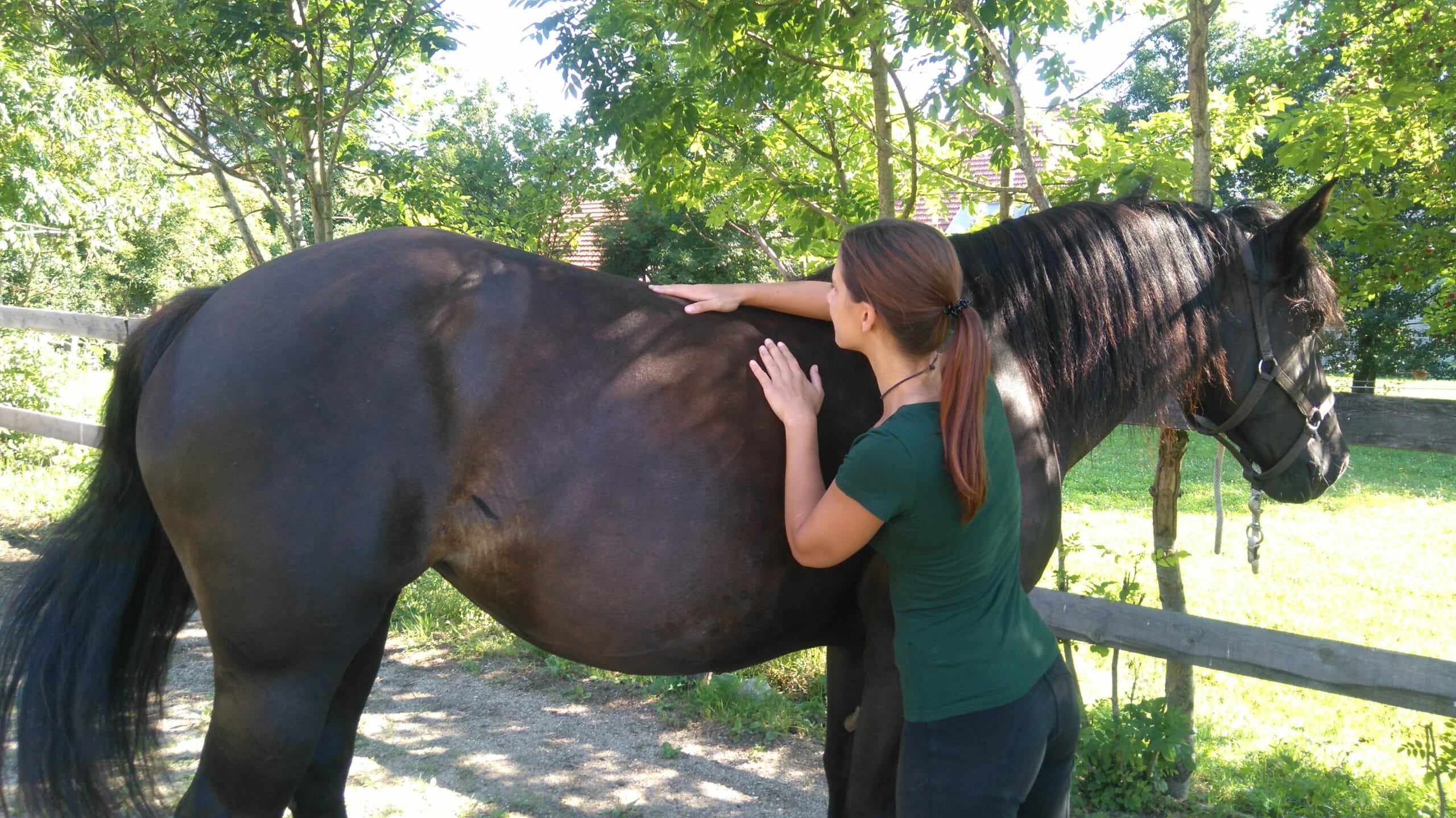
As a bodyworker, I see a lot of young horses who have very similar tension patterns in their bodies.
Read more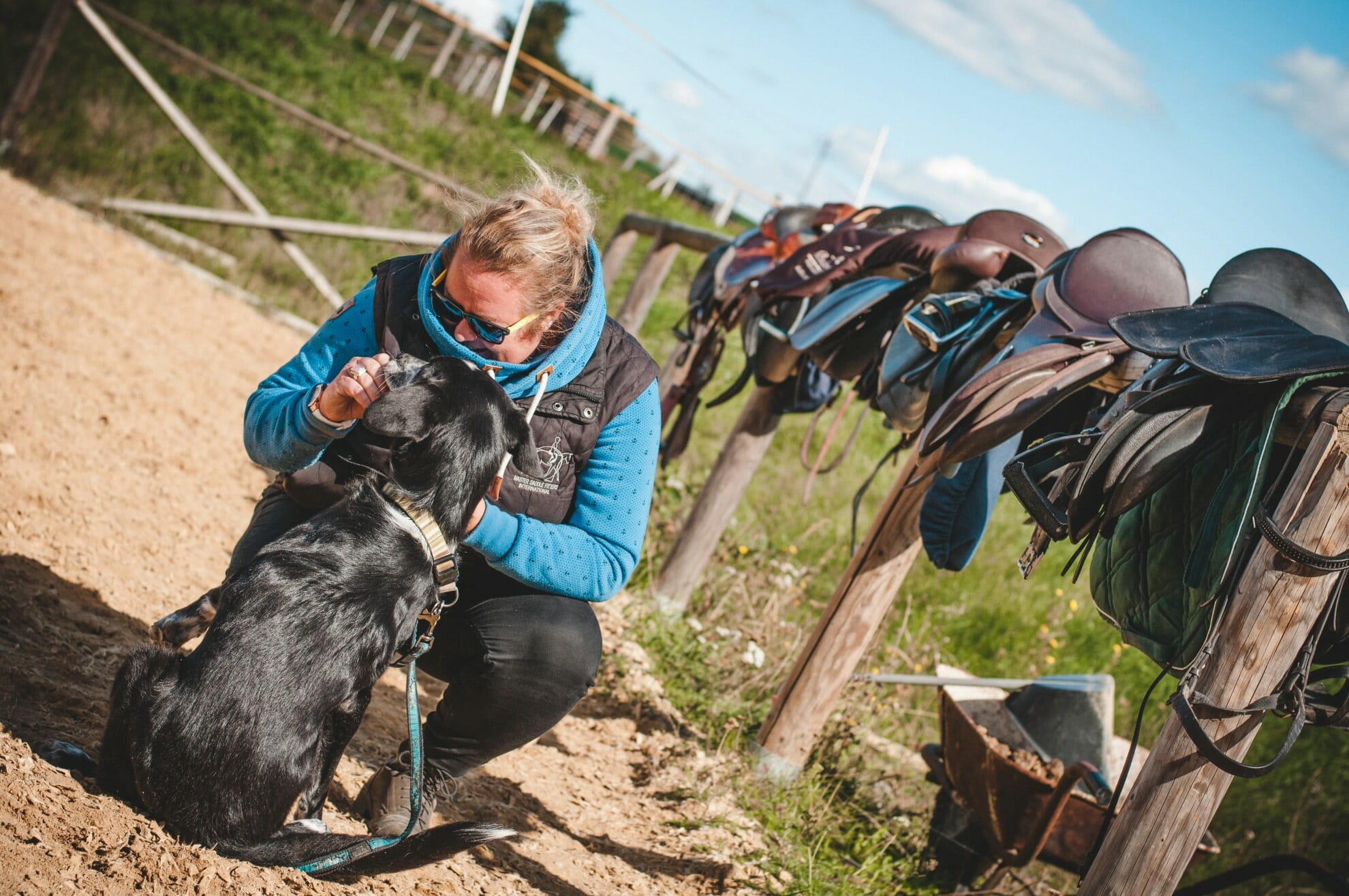
So many people approach the topic of saddle fit with apprehension.
Read more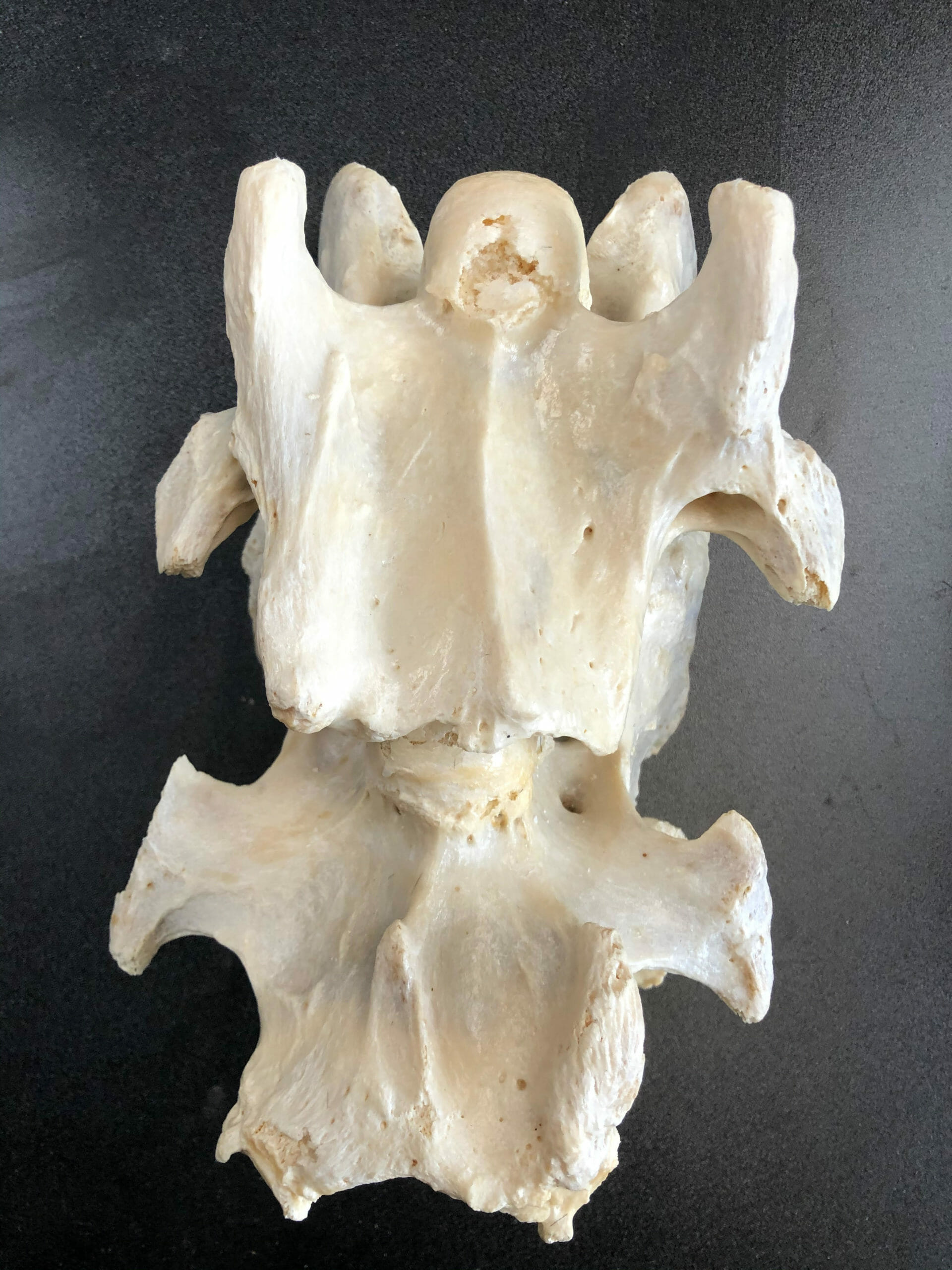
Dissections of modern horses have revealed that a sizeable proportion of them.
Read more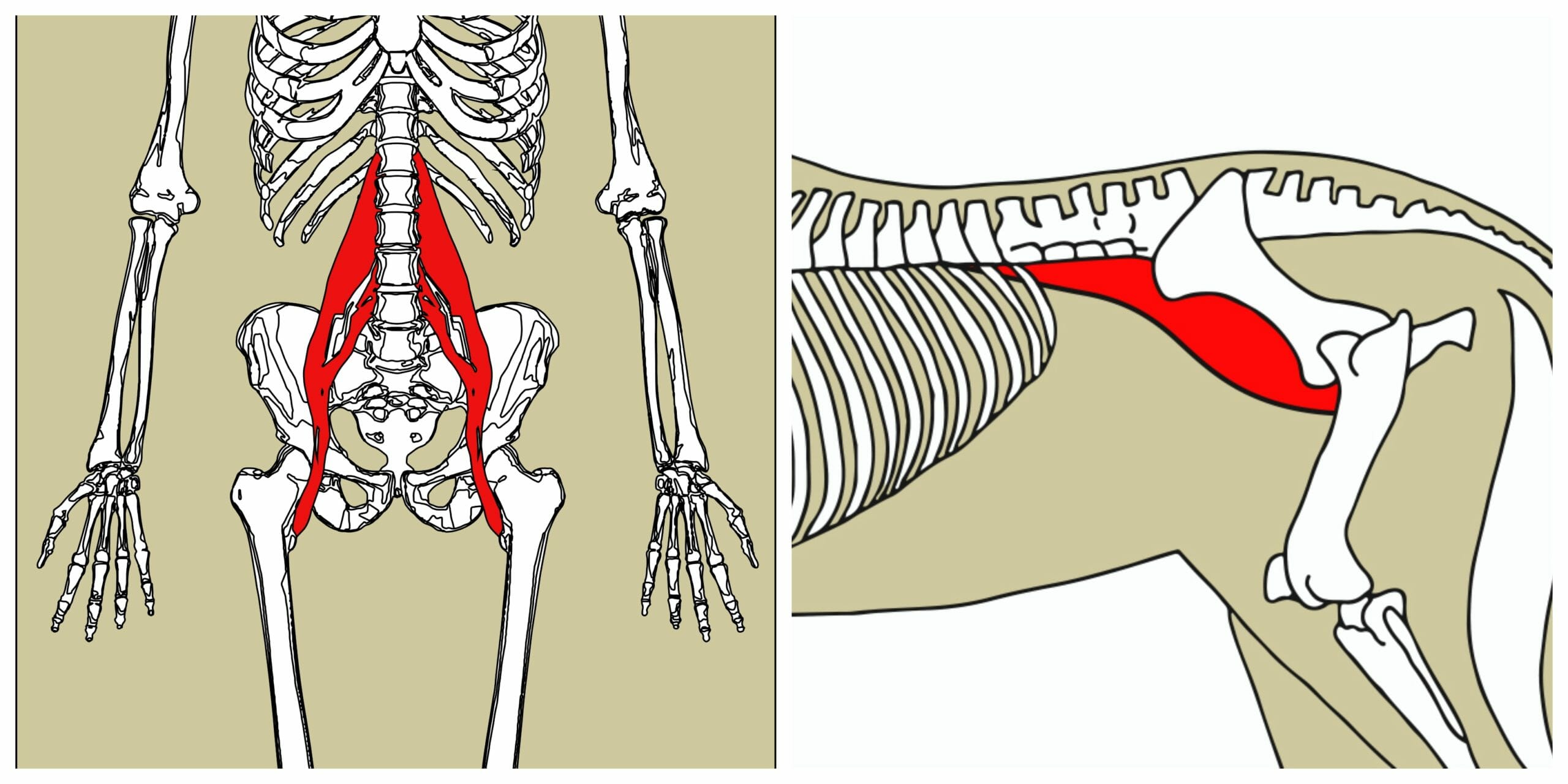
At first glance, horses and humans are two very different animals, but if you look at us from an anatomical perspective, we are actually very similar.
Read more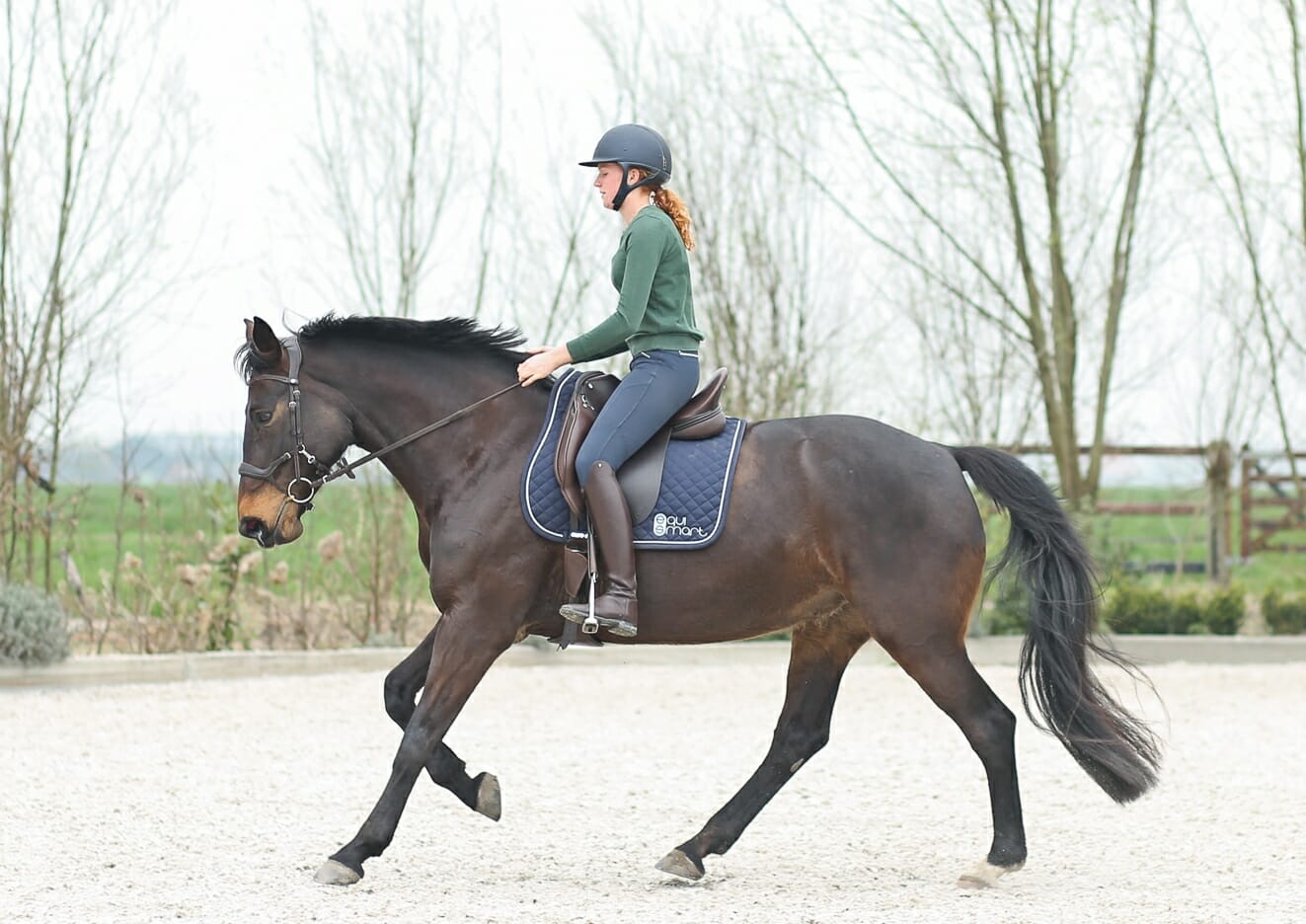
Unlike us, horses constantly secrete stomach acid which sits in the lower portion of the stomach
Read more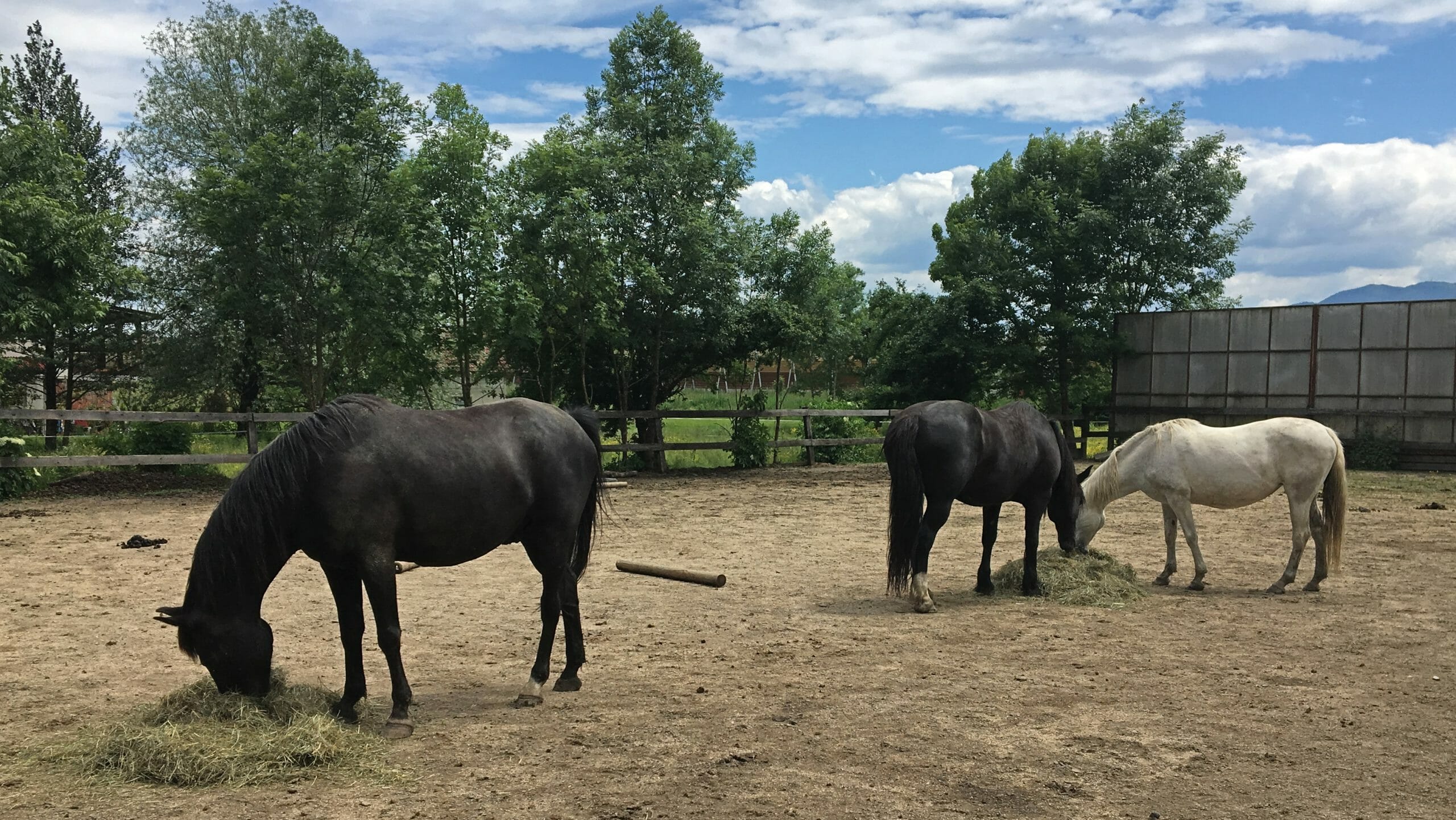
As responsible horse owners and riders, our goal is to keep our horses happy, healthy and strong.
Read more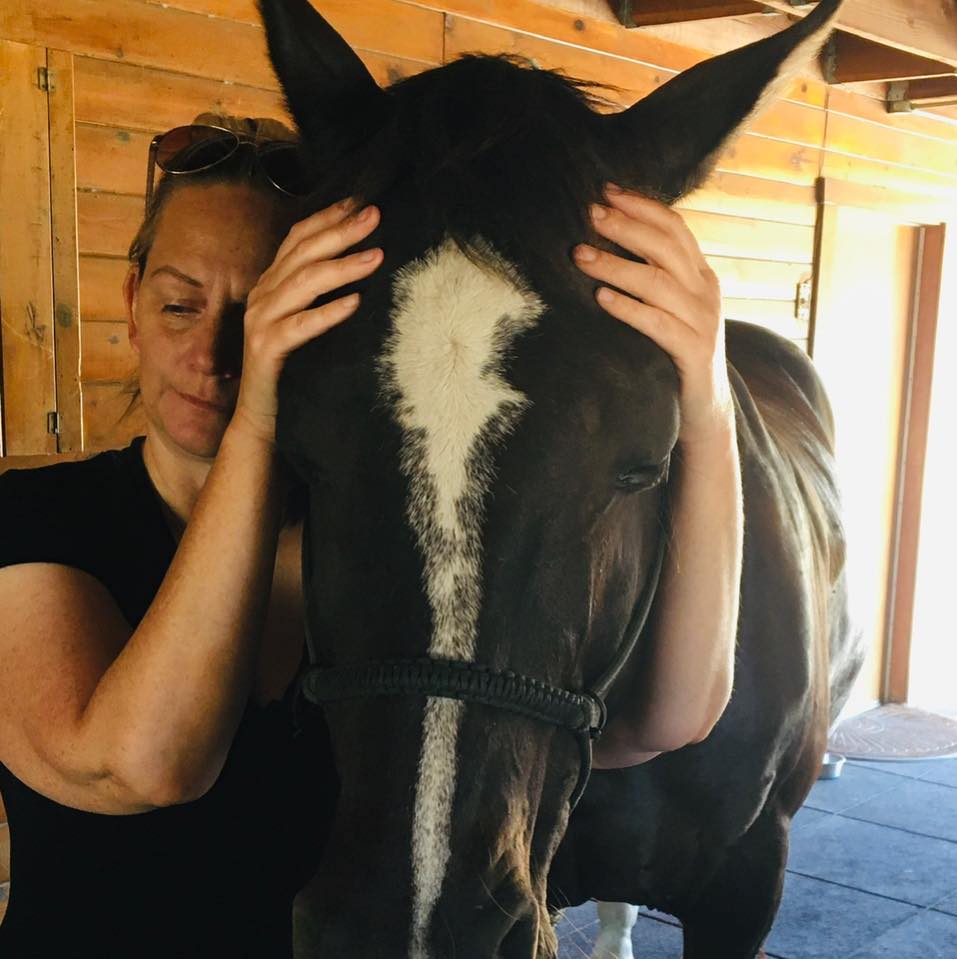
Jaw clenching and TMJ immobility will end all impulsion, fluidity and suppleness in both horse and human.
Read more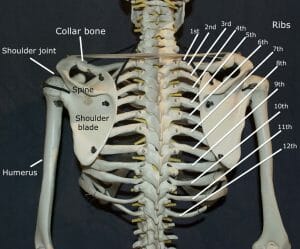
Do your shoulders get tense when you ride? Have trouble keeping your hands quiet?
Read more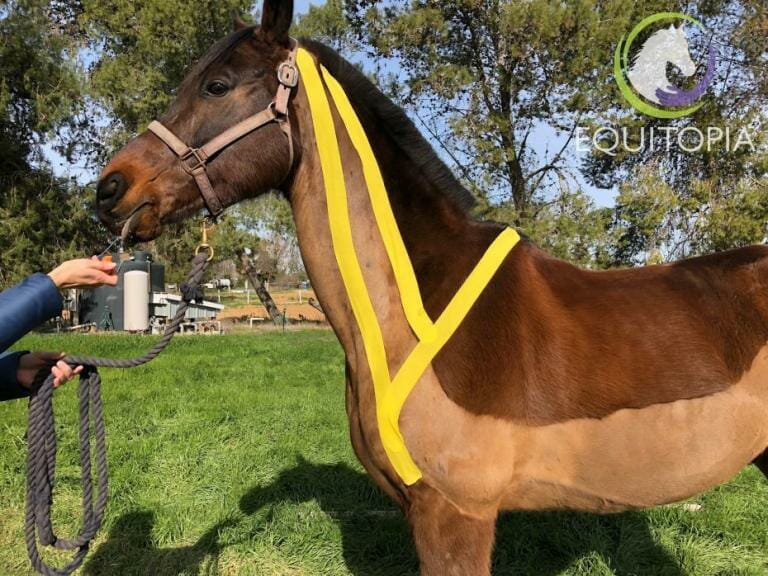
Here’s a simple test you can do on your own horse at home.
Read more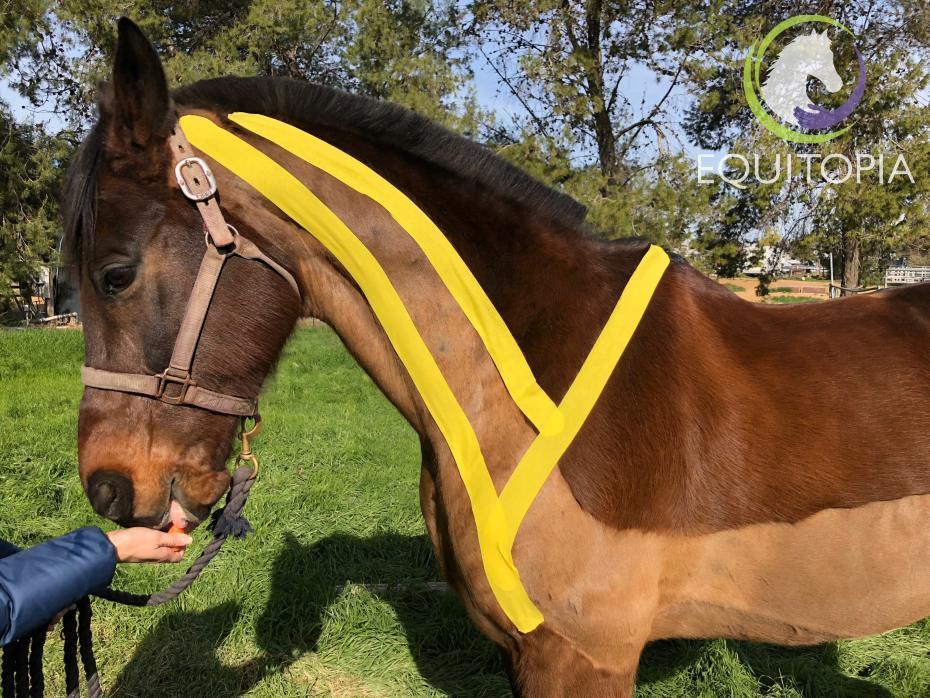
Forelimb lameness is common enough that most horse owners can recognize the signs and symptoms.
Read more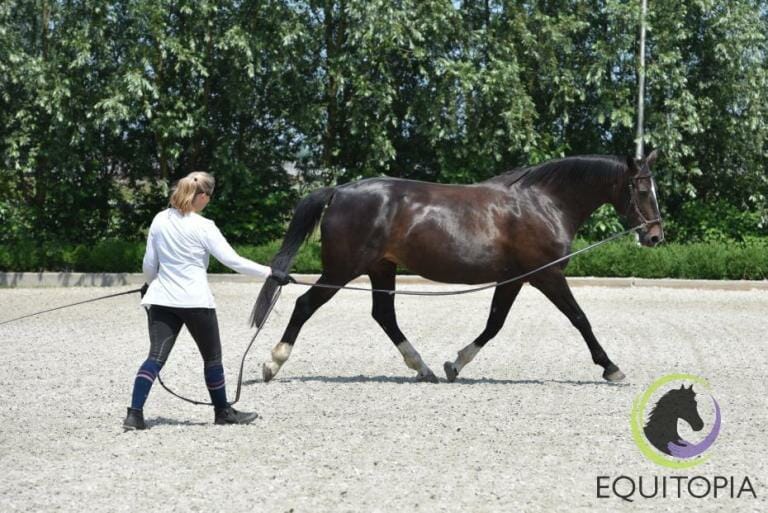
Most horses (and riders) are not aware that they actually are out of balance.
Read more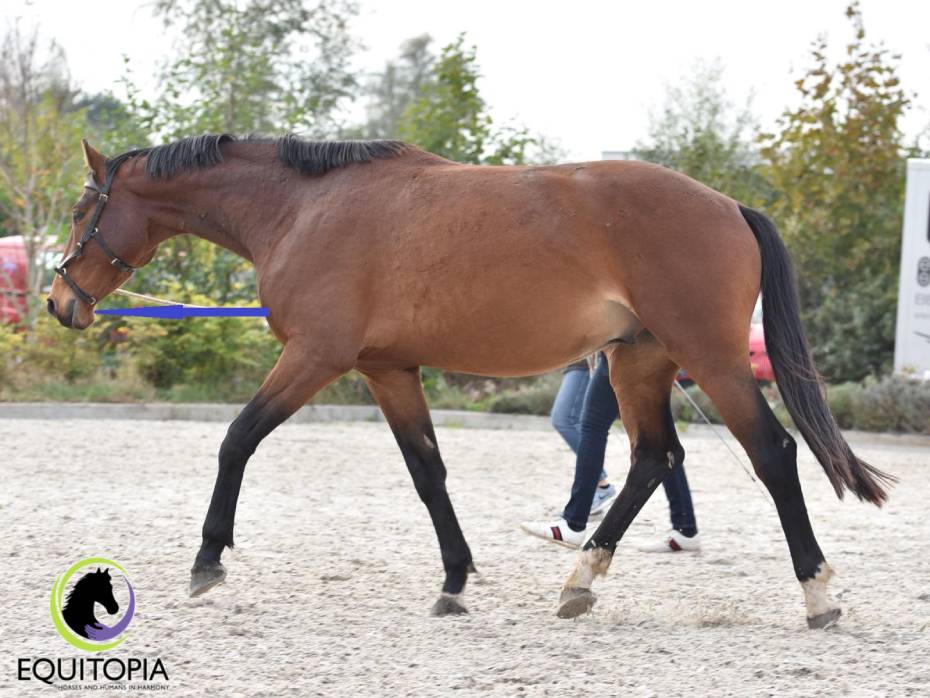
One of the most difficult things to achieve and sustain in training your horse is the length in the neck.
Read more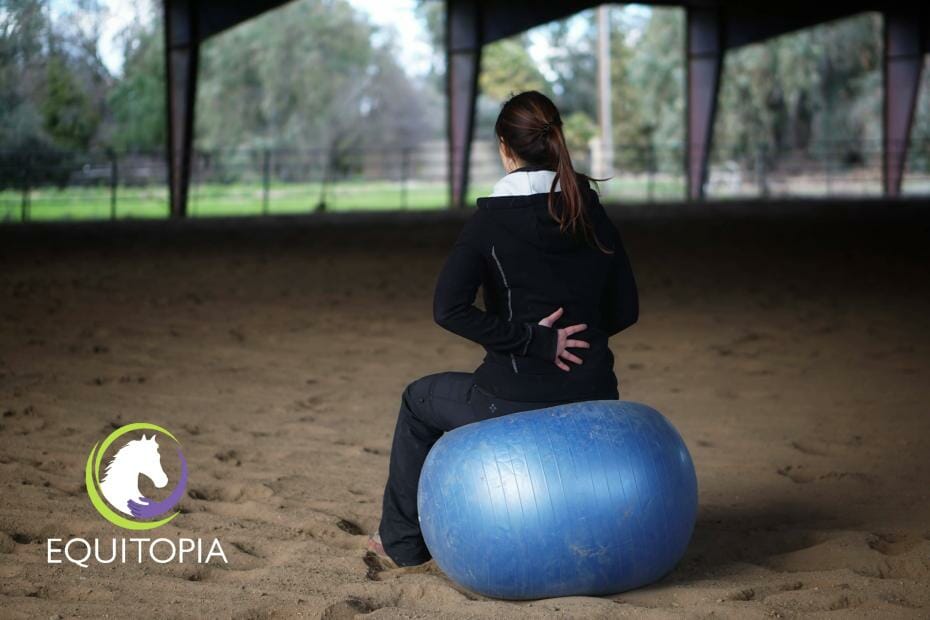
Core strength is a current buzzword in fitness and riding.
Read more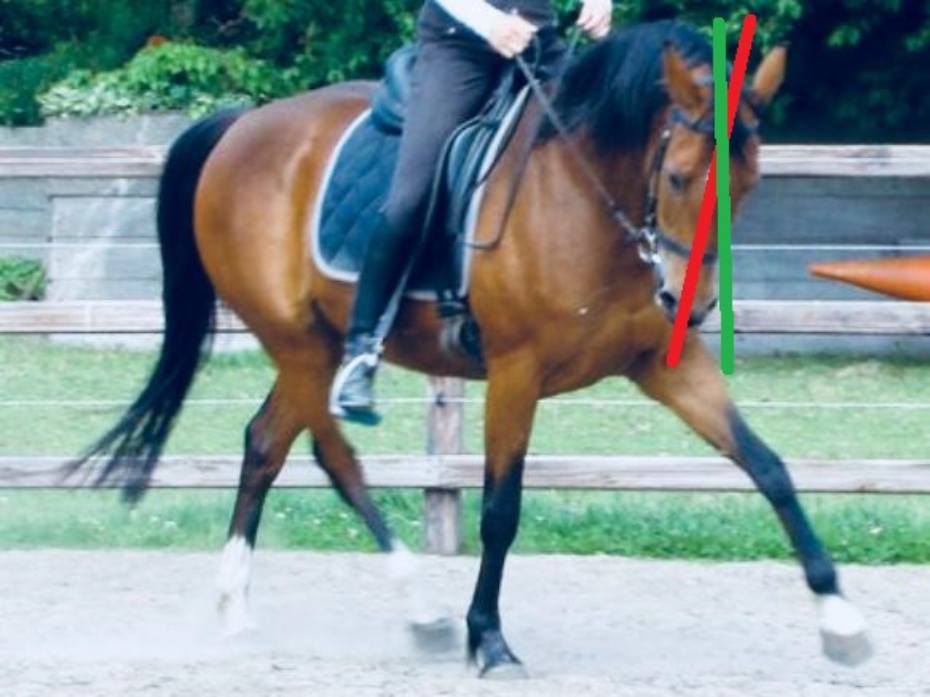
A correct lateral flexion (sidebend) is equally divided over the entire spine from head to tail.
Read more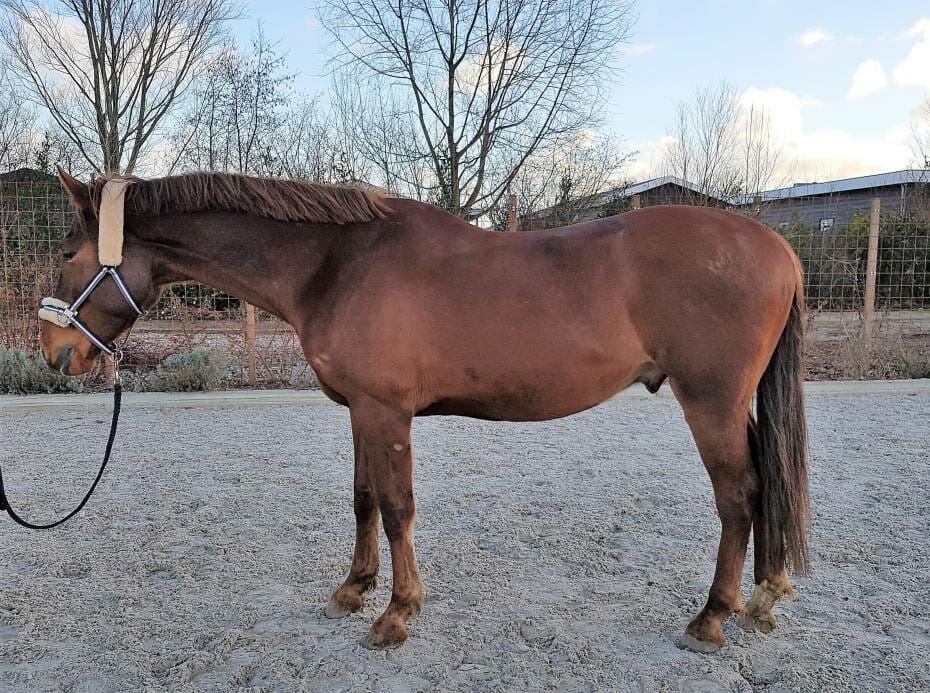
Vertical balance is an extremely important part of the training.
Read more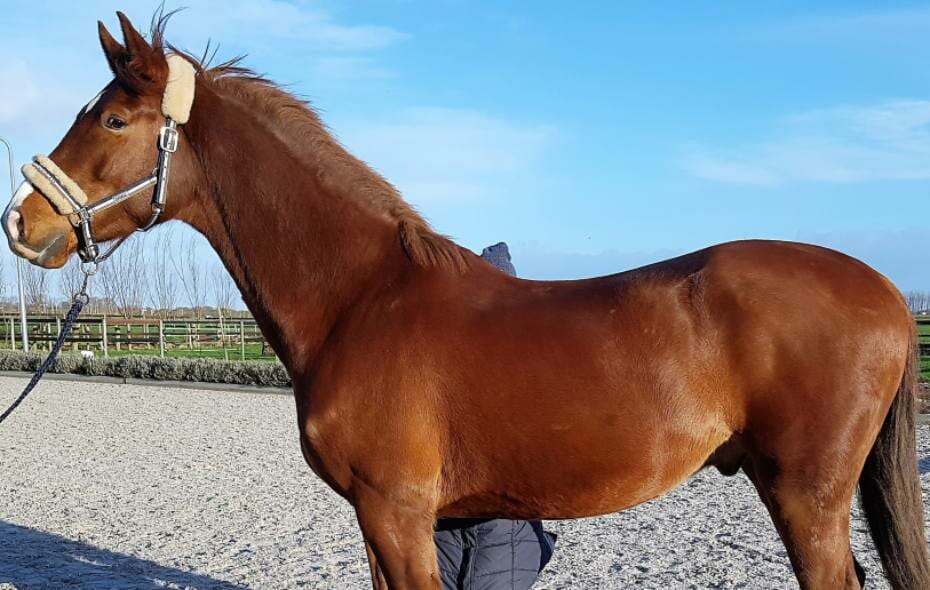
A horse out of vertical balance has more weight on one of his front legs.
Read more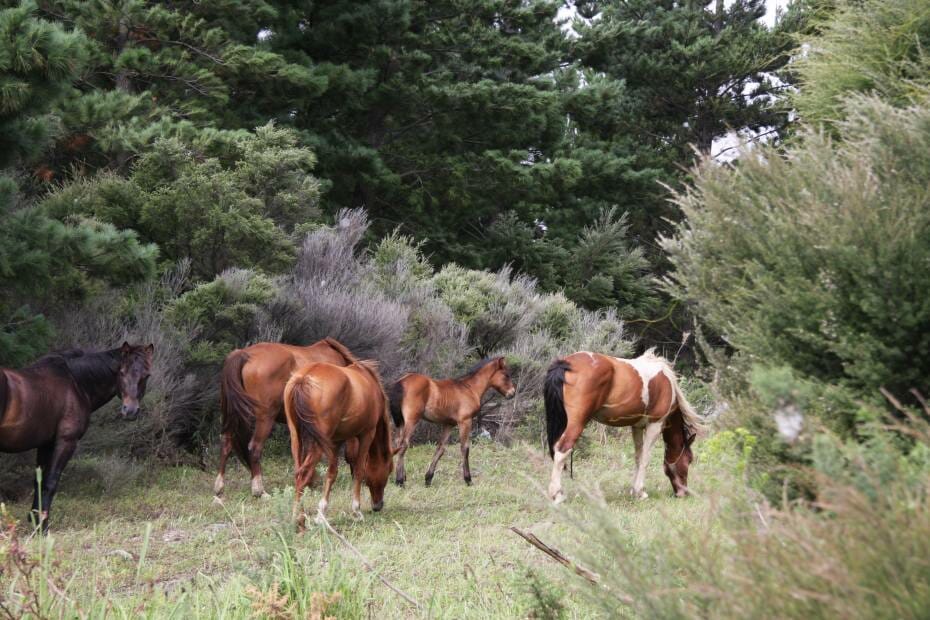
Some trainers base their methods on the idea that every horse needs a leader.
Read more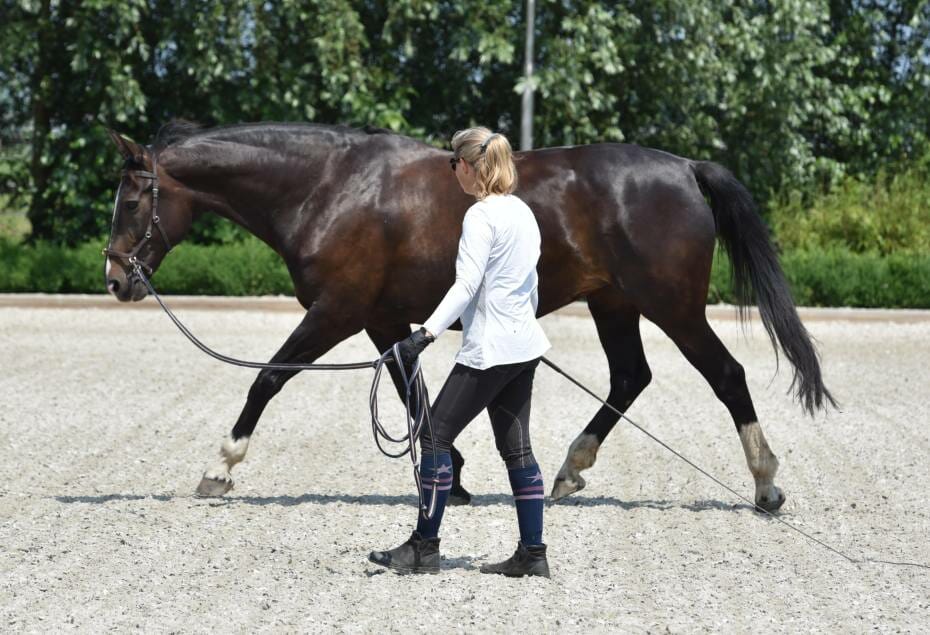
Vertical balance is the balance in the vertical plane; the left to right balance of the horse.
Read more
In this post it explains why rub marks may appear under your horse’s saddle.
Read more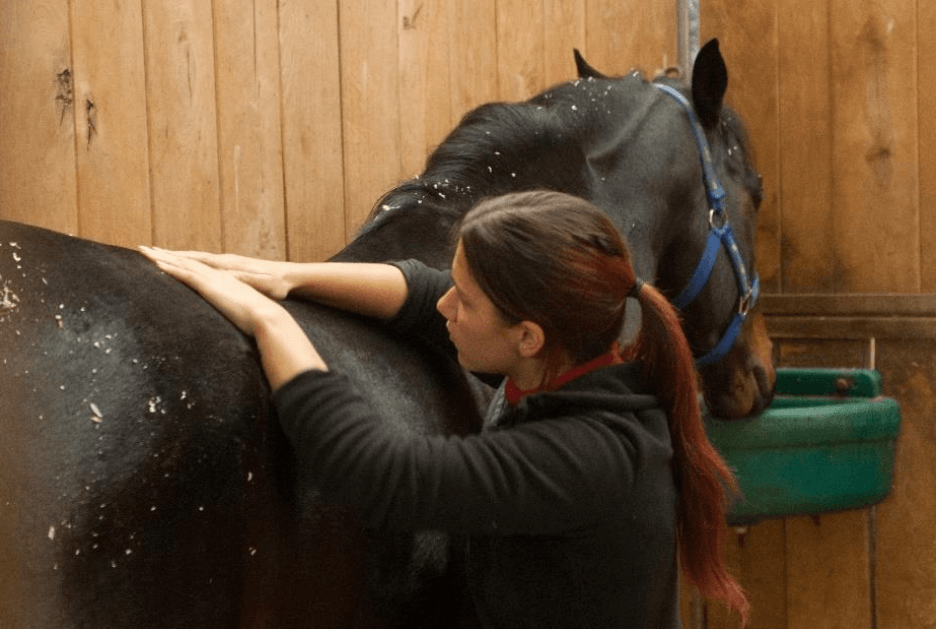
The way the horse is trained will first be reflected in his muscles and connective tissue.
Read more

























